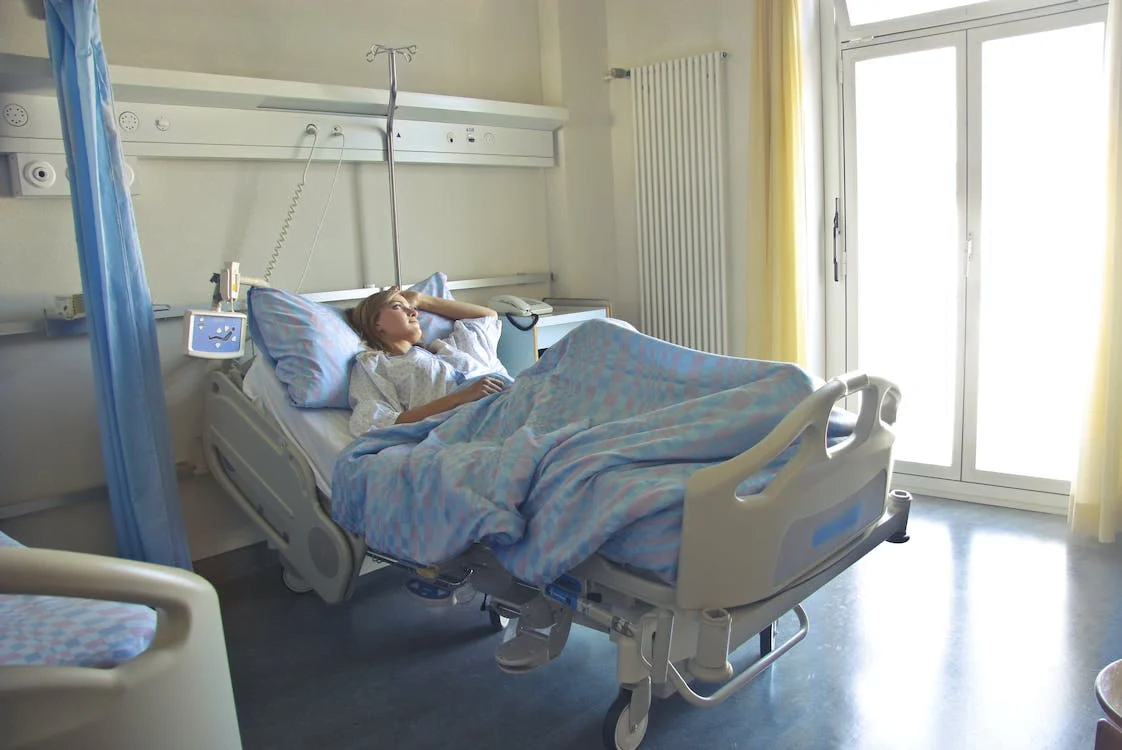If you manage a hospital, you know the importance of keeping track of your assets. From medical equipment to linens, you need to know what you have, where it is located, and how to get it when you need it. That’s where a hospital asset management system comes in.
A hospital asset management system is used to track and manage the physical assets of a hospital. It can include items such as medical equipment, furniture, and buildings. The system can be used to help hospital staff keep track of where assets are located, when they were last used, and how they are being used. Additionally, a hospital asset management system can help to ensure that assets are correctly maintained and that they are being used in the most efficient way possible.
Related article: Benefits of Healthcare Asset Tracking in 2022
How does Hospital Asset Management work?
In the complex world of hospital administration, asset management is one of the most critical but often overlooked functions. Hospital asset management is the process of maintaining, repairing, and upgrading the physical assets of the hospital, such as buildings, equipment, and land. An effective asset management plan can save the hospital money by prolonging the life of the assets and preventing unnecessary repairs. A well-run asset management program can also help the hospital be more efficient and organized, improving patient care.
- The first step to developing an asset management plan is to inventory the hospital’s assets. This inventory should include not only the physical assets but also any intangible assets, such as patents or copyrights. Once the assets have been identified, they should be classified according to their importance to the hospital.
- The next step is to develop a maintenance schedule for each asset. This schedule should be based on the asset’s expected life and frequency of use. For example, a piece of equipment used daily will need to be serviced more often than one used only occasionally.
- After the asset management plan is in place, it is essential to monitor the performance of the assets. It can be done by tracking the number of necessary repairs, the cost, and the length of time the asset is out of service.
By tracking these factors, the hospital can identify assets that are not being used efficiently and take steps to improve their performance. An effective asset management plan can save the hospital money and enhance patient care. By taking the time to develop and implement a hospital asset management plan, the hospital can ensure that its assets are well-maintained and are capable of meeting the needs of the hospital for years to come.
Benefits of deploying a Healthcare Asset Management System
Healthcare asset management involves tracking and managing medical equipment, supplies, and other assets within a healthcare facility. Implementing an asset management system can offer a number of benefits for healthcare organizations, including improved patient safety, increased operational efficiency, and reduced costs.
Patient safety
When it comes to patient safety, there is no such thing as being too careful. That’s why a growing number of hospitals are turning to asset management systems to keep track of their most important assets: their patients. With an asset management system in place, hospitals can quickly and easily locate patients who have been admitted, discharged, or are currently in-house. It not only helps hospital staff keep track of patients but also helps ensure that they are receiving the proper care and attention. In addition to tracking patients, asset management systems can also be used to track hospital equipment. This is vital to ensure that all equipment is sterilized correctly and maintained.
Hospitals also ensure they use the most up-to-date and effective technology by keeping track of equipment. Patient safety is further improved when all assets are appropriately tracked and monitored. For example, if a particular medical device is recalled, the asset management system can quickly identify all affected assets and take the necessary steps to remove them from service. It helps ensure that patients are not exposed to potentially dangerous products.
Operational efficiency
Operational efficiency is increased when assets are properly managed. For example, the asset management system can generate reports showing which assets are due for maintenance or replacement. This data can be used to plan for future purchases and repairs, helping avoid service disruptions. Additionally, the hospital asset management solution helps streamline many processes within a hospital. By automating and integrating different systems, it helps manage and monitor patients, staff, equipment, and resources. Such a system can also provide a dashboard view of the hospital’s operations, helping to identify issues and potential areas for improvement.
A hospital asset management system helps improve communication between different departments. For example, if a patient is due to be discharged, the system can alert the relevant staff members and ensure that all the necessary paperwork is in order. It can help avoid delays and ensure that the patient can be discharged in a timely manner.
It also helps reduce the amount of time that is spent on administrative tasks. For example, the system can be used to track the use of equipment and supplies. This information can then be used to order new supplies or schedule maintenance, which can help save time and improve the efficiency of the hospital’s operations.
Reduce costs
Asset management systems can also help to reduce costs. For example, by tracking the utilization of assets, healthcare organizations can identify opportunities for cost savings. For example, suppose a particular type of medical equipment is only being used for a small percentage of its potential life. In that case, the organization may be able to purchase a less expensive model. You will save money by tracking your inventory levels and avoid overstocking or having to order new supplies when you still have plenty on hand. And by keeping track of maintenance schedules, you can ensure that your equipment is well-maintained and doesn’t need to be replaced prematurely.
Gain insights from reports

A healthcare asset management system gives you deeper insights into the different types of assets with accurate data-rich reports. You can get reports in real-time on all assets, including but not limited to medical equipment, furniture, information technology, buildings, and facilities. These reports reveal data by tracking the utilization of your assets, as well as their locations. Additionally, you can use the reports to analyze trends over time to help you make decisions about purchasing new assets or retiring old ones. You can also use the system to monitor and manage maintenance and repair activities for your assets, create work orders for your maintenance staff, and generate reports to improve your organization’s maintenance processes.
Improve staff productivity
Healthcare asset management systems help hospitals keep track of their medical equipment and supplies. It allows staff members to be more efficient in their work because they can quickly and easily find the supplies they need. It further saves time and reduces frustration for staff members who would otherwise have to search for supplies. In addition, healthcare asset management systems can help reduce the risk of medical errors. When staff members have quick and easy access to the supplies they need, they are less likely to make mistakes. It can improve patient safety and reduce the overall cost of care.
Improve medical waste disposal process
Medical waste disposal is a critical issue in healthcare. Improper disposal of medical waste can spread disease, contaminate the environment, and pose a safety hazard to healthcare workers and the general public. A healthcare asset management system can help improve the disposal of medical waste by providing a centralized system for tracking and managing medical waste. It can track the type of medical waste, the quantity of medical waste, and the disposal method used for every kind of medical waste. The audit trail in the system makes it easy to improve the disposal process by ensuring that medical waste is properly disposed of and by identifying areas where improvements can be made.
Regulatory compliance
Healthcare regulations continue to evolve and increase the challenges in compliance. It is essential to keep up with regulations such as HITECH, HIPAA, GDPR, etc. These regulations are in place to ensure the availability and integrity of medical data. A hospital asset management system enables easier compliance in healthcare without affecting the standard of care. The system allows for internal audits and offers reports on staying current with the latest regulations.
Improve data security
Hospitals improve data security and protect their investment in medical equipment by using an asset management system. An asset management system helps keep track of their medical equipment by serial number, model number, and location. This information can be used to create a database of all hospital assets, including their maintenance and repair history.
Integrating the hospital asset management system with ITSM can strengthen security measures and prevent cyber attacks. Customized user rights and limiting access to hospital data based on user groups or locations further maximize security. A hospital asset management system provides greater visibility through a centralized dashboard and helps implement data access controls.
Overall, deploying a healthcare asset management system can offer several benefits.
Related article: All you need to know about Asset Management in Healthcare
In conclusion
A robust hospital asset management solution helps mitigate multiple risks to an asset-intensive operation, risks that typically occur with outdated systems and manual processes. Tracking hospital inventory through spreadsheets and time-consuming person-hours increases the risk of human errors. The right hospital asset management solution is essential to help maintain and manage your healthcare assets. Furthermore, the right asset management system can assess risks and reduce costs while enhancing operational efficiencies and will ensure you get the most from your healthcare assets.























